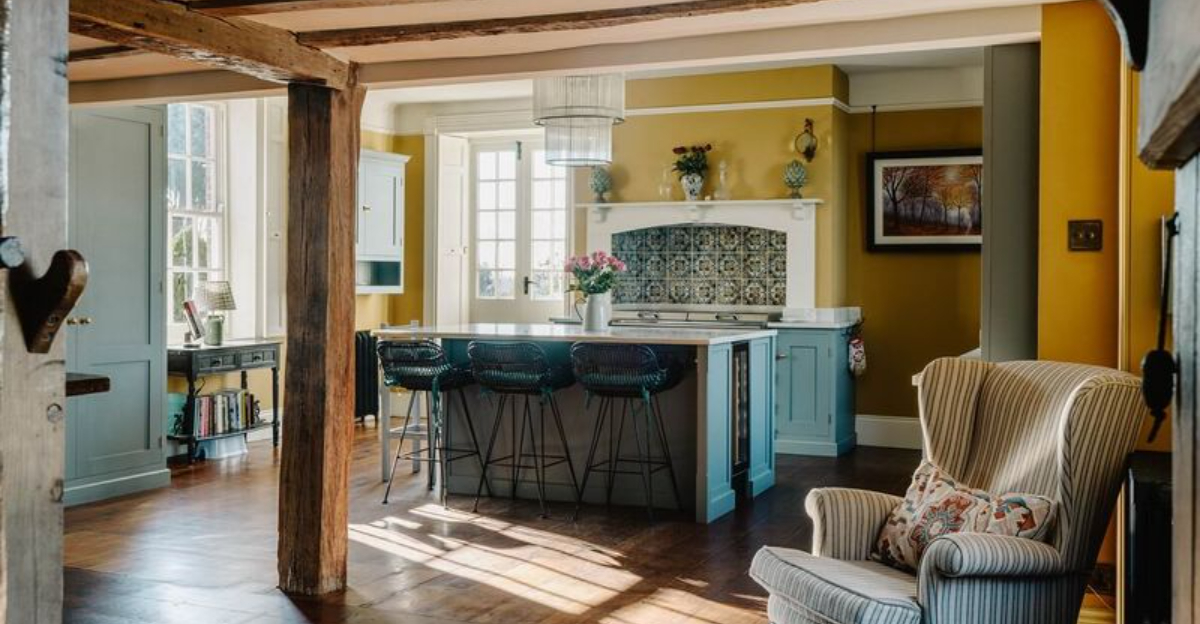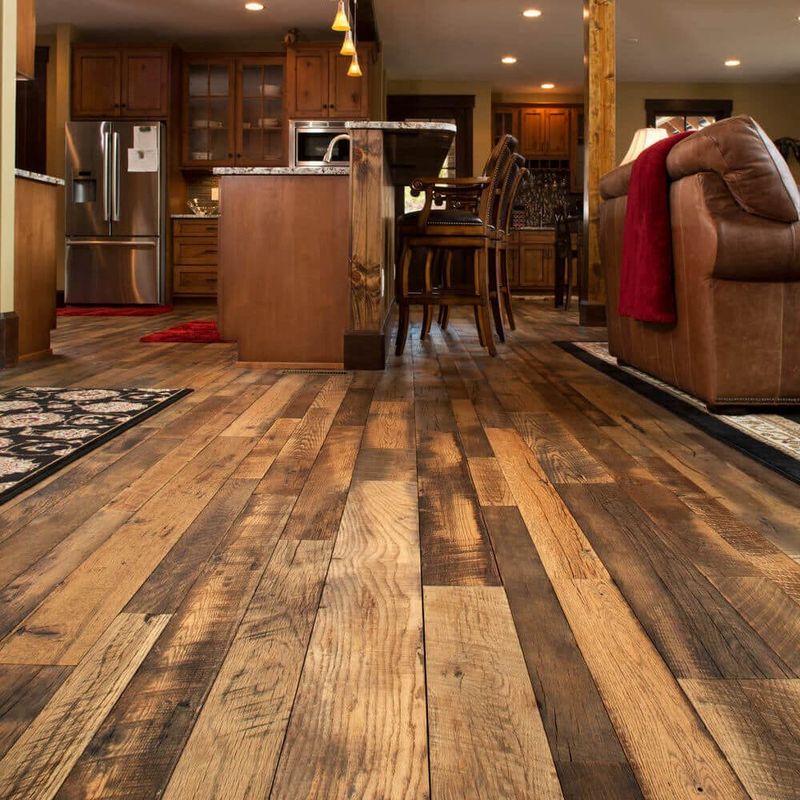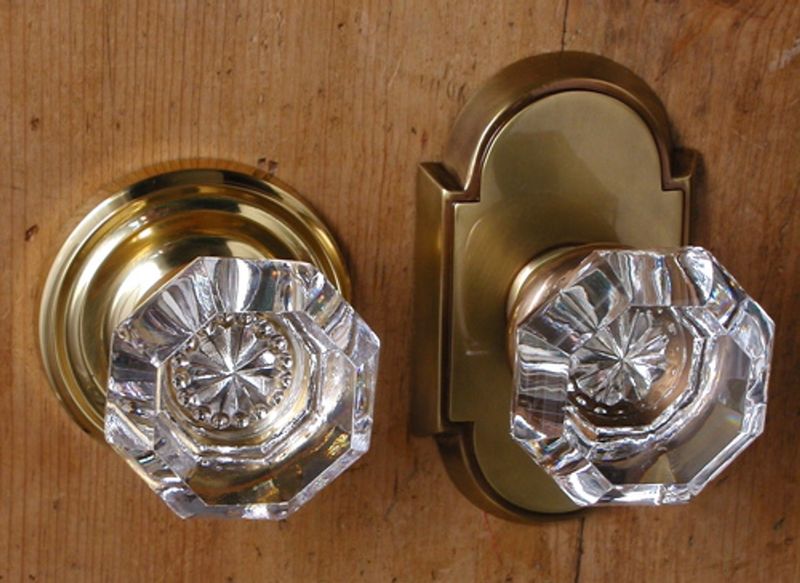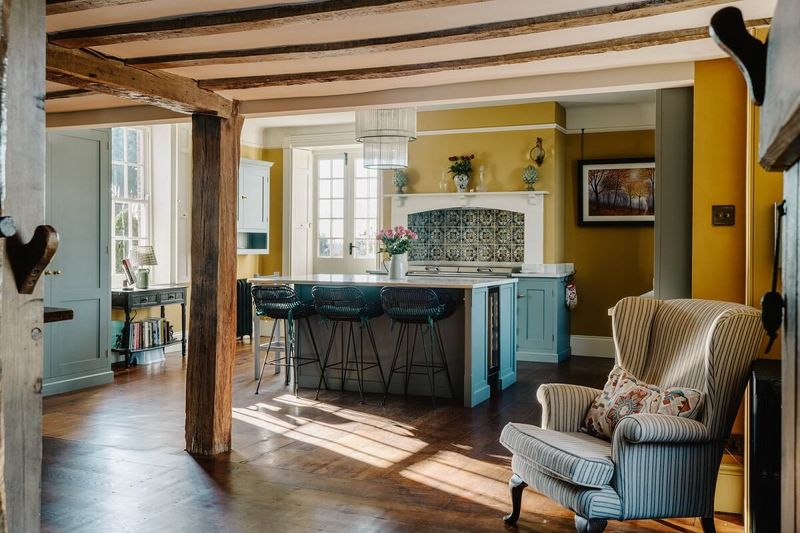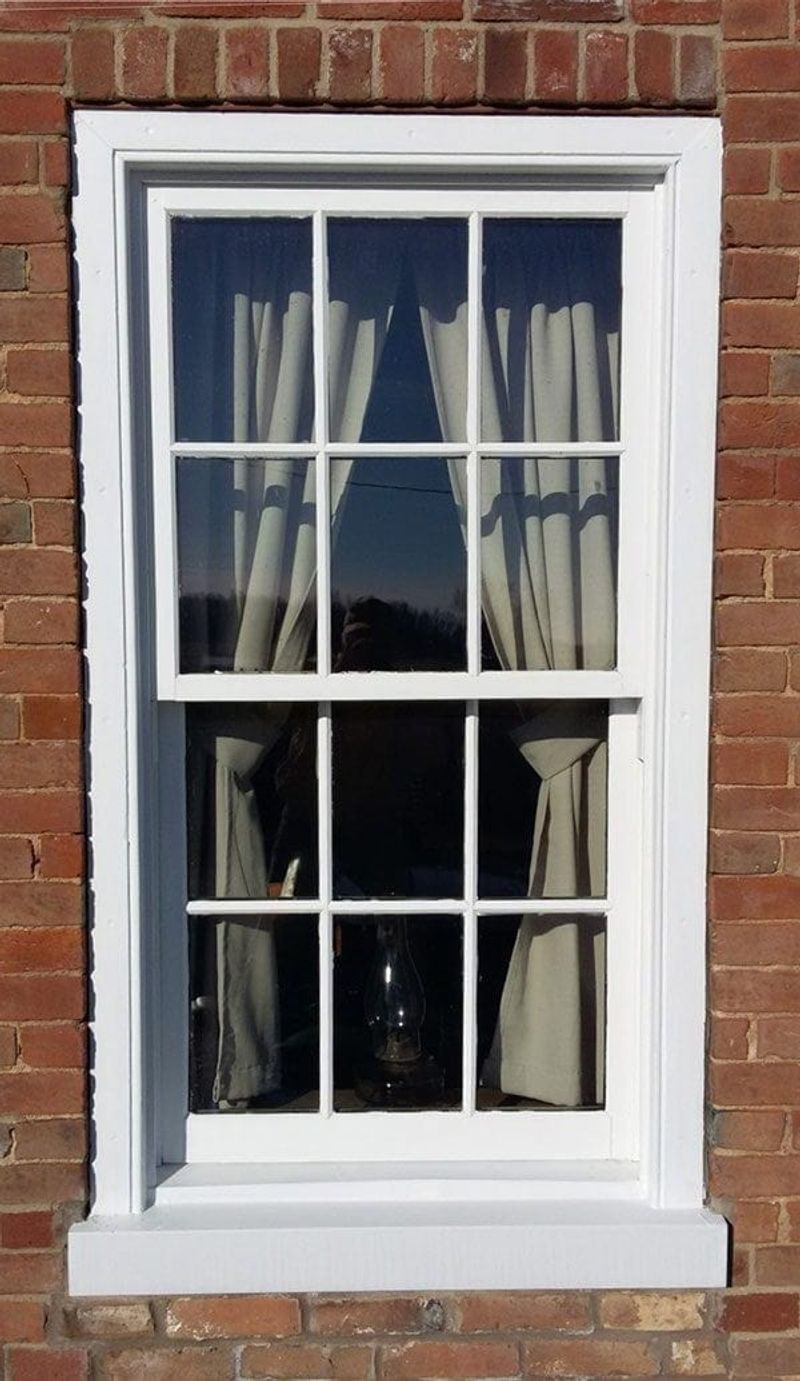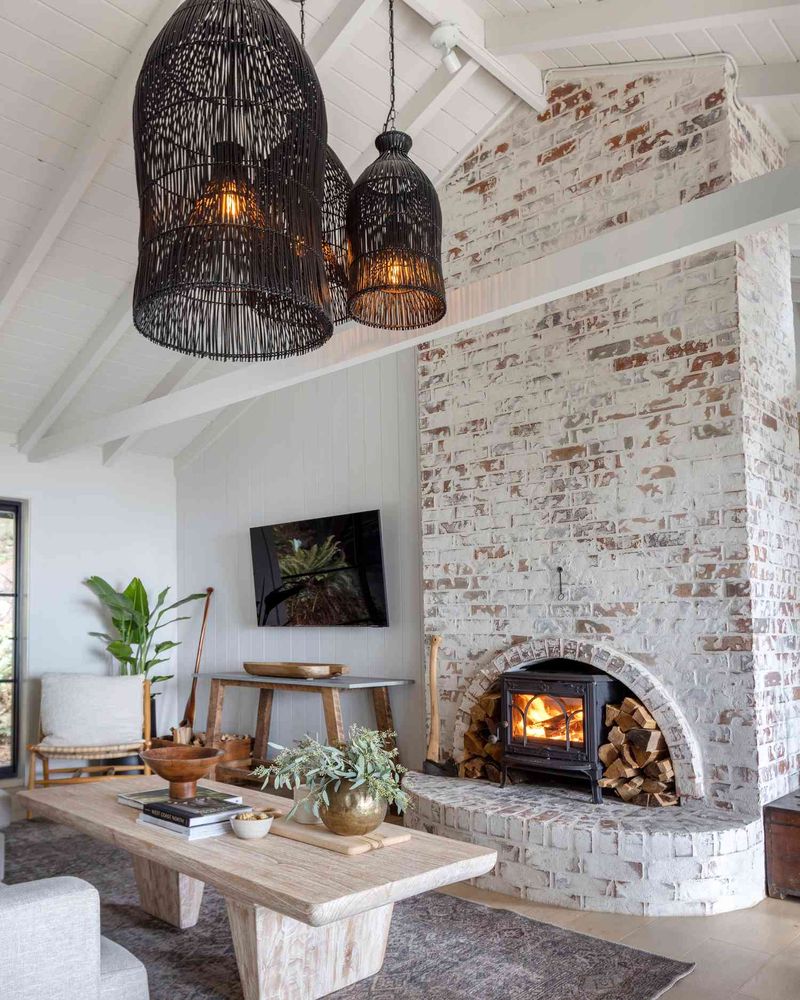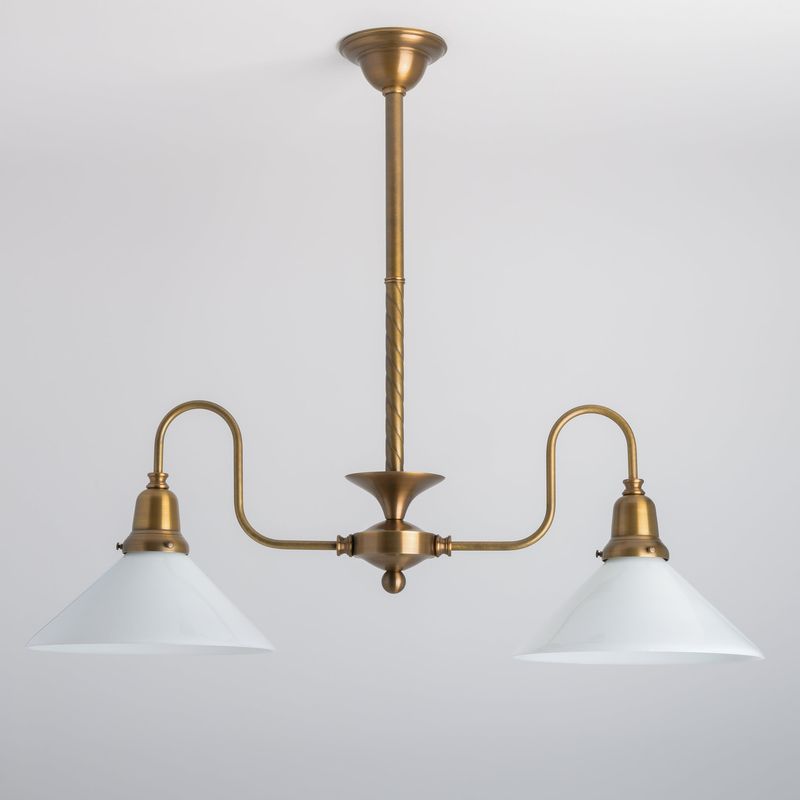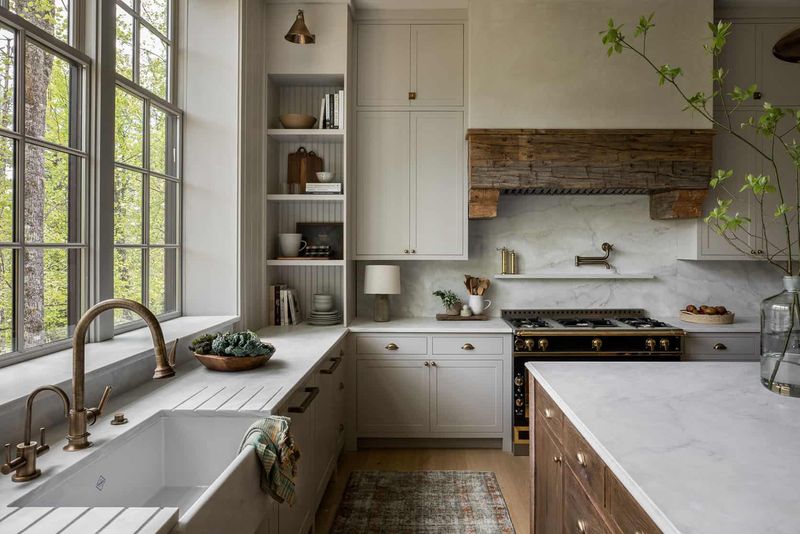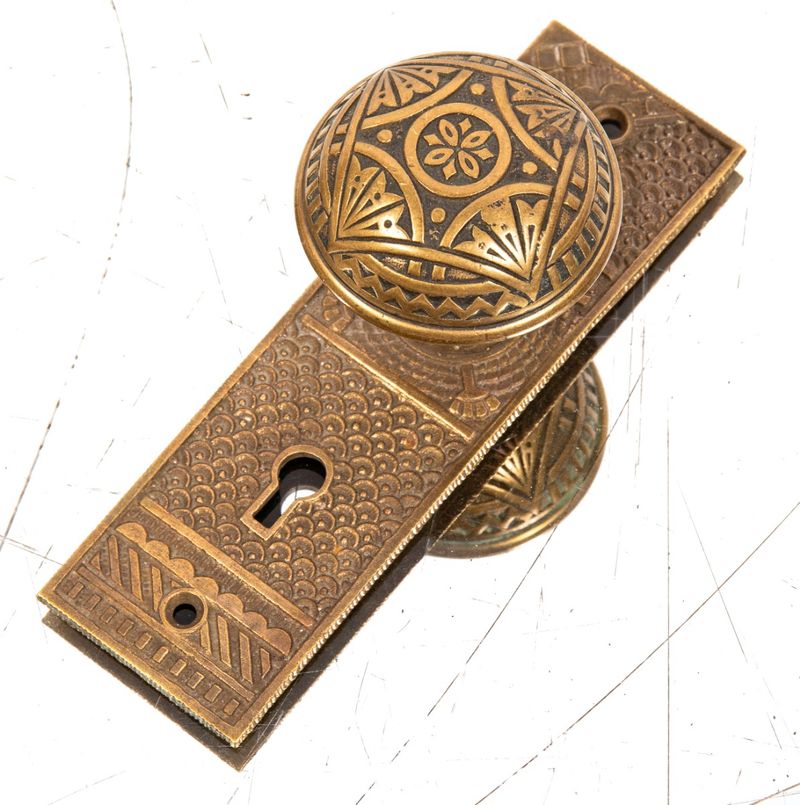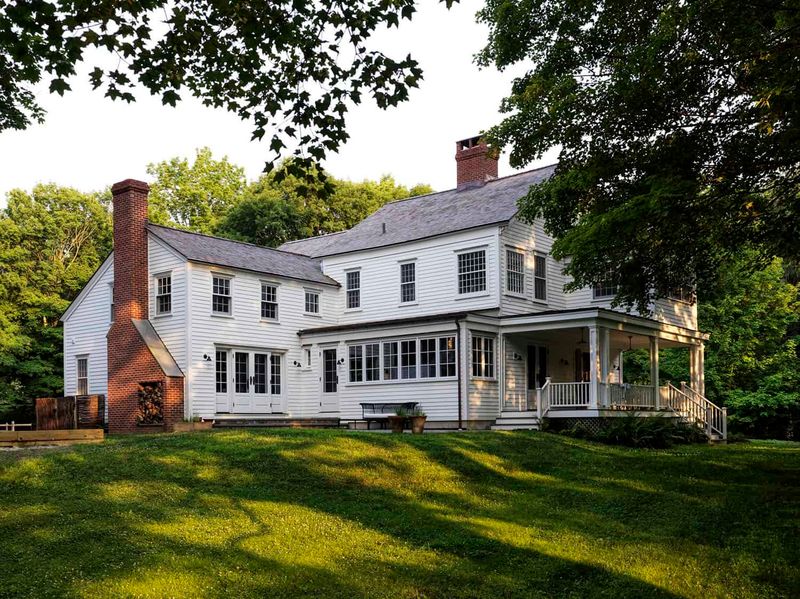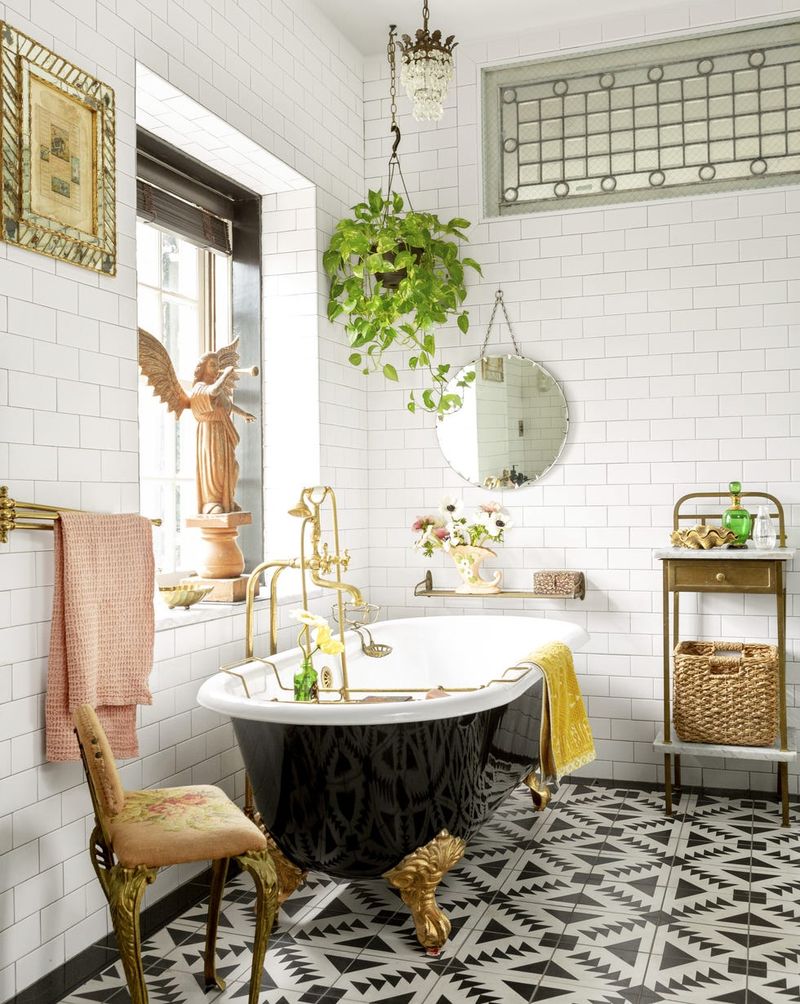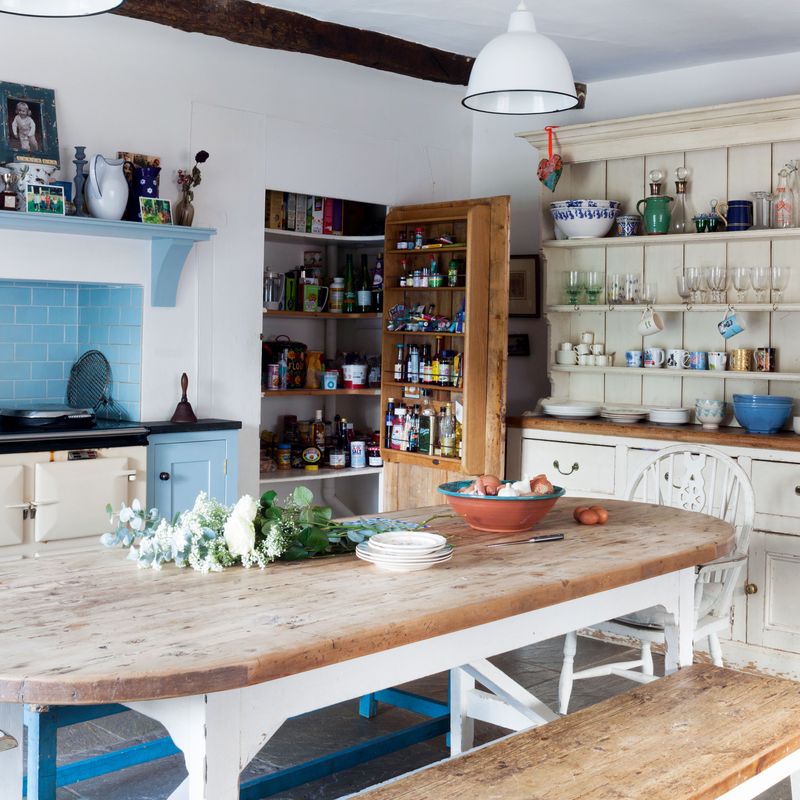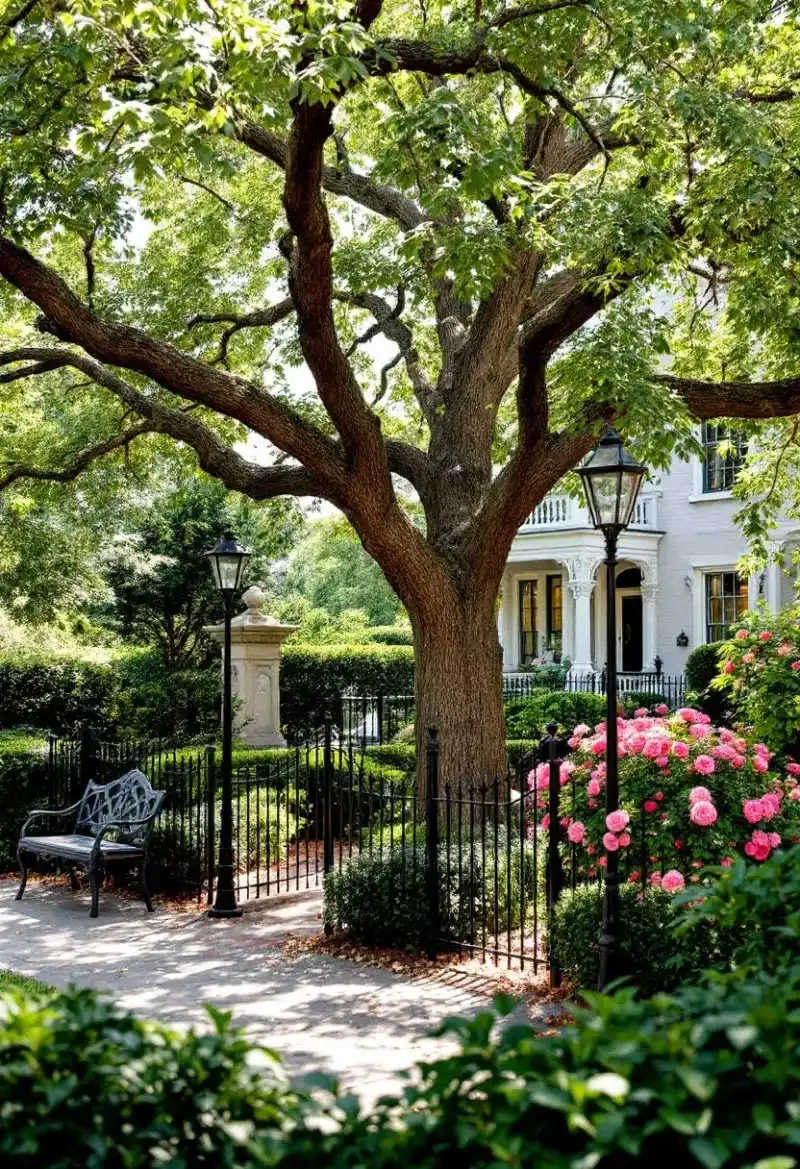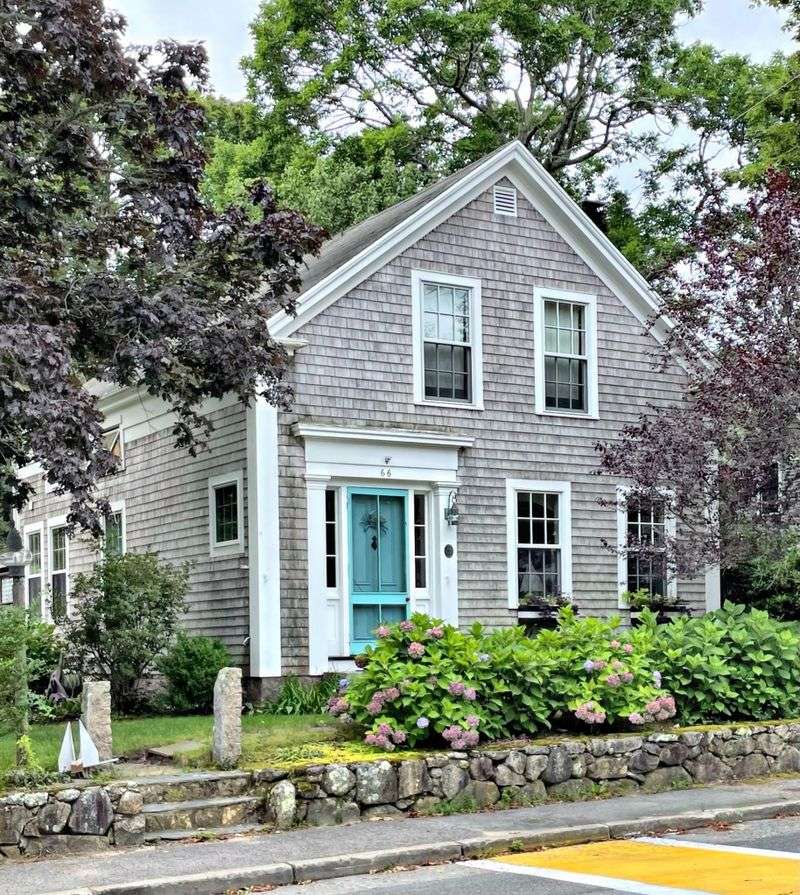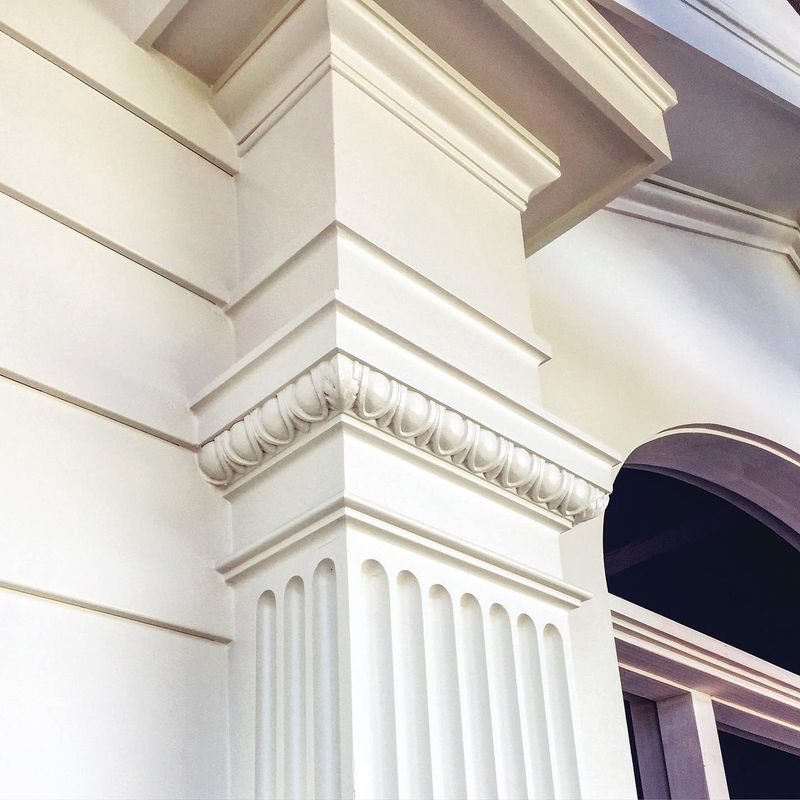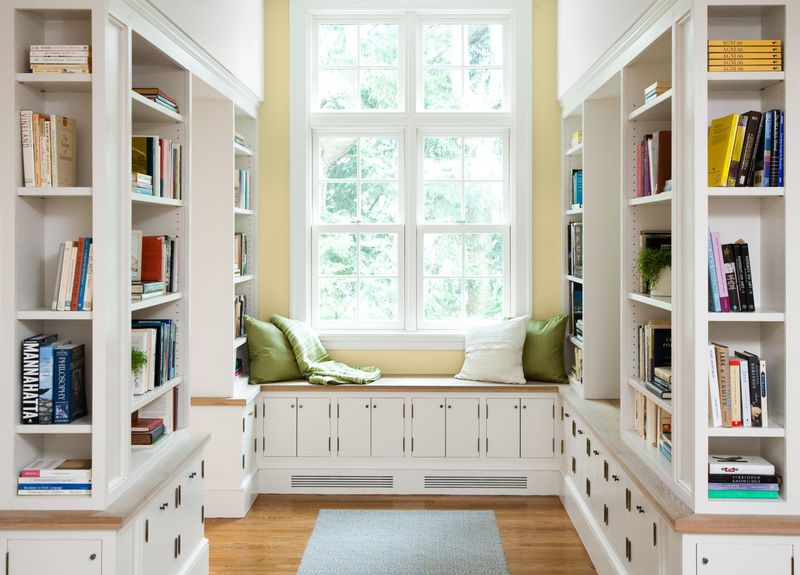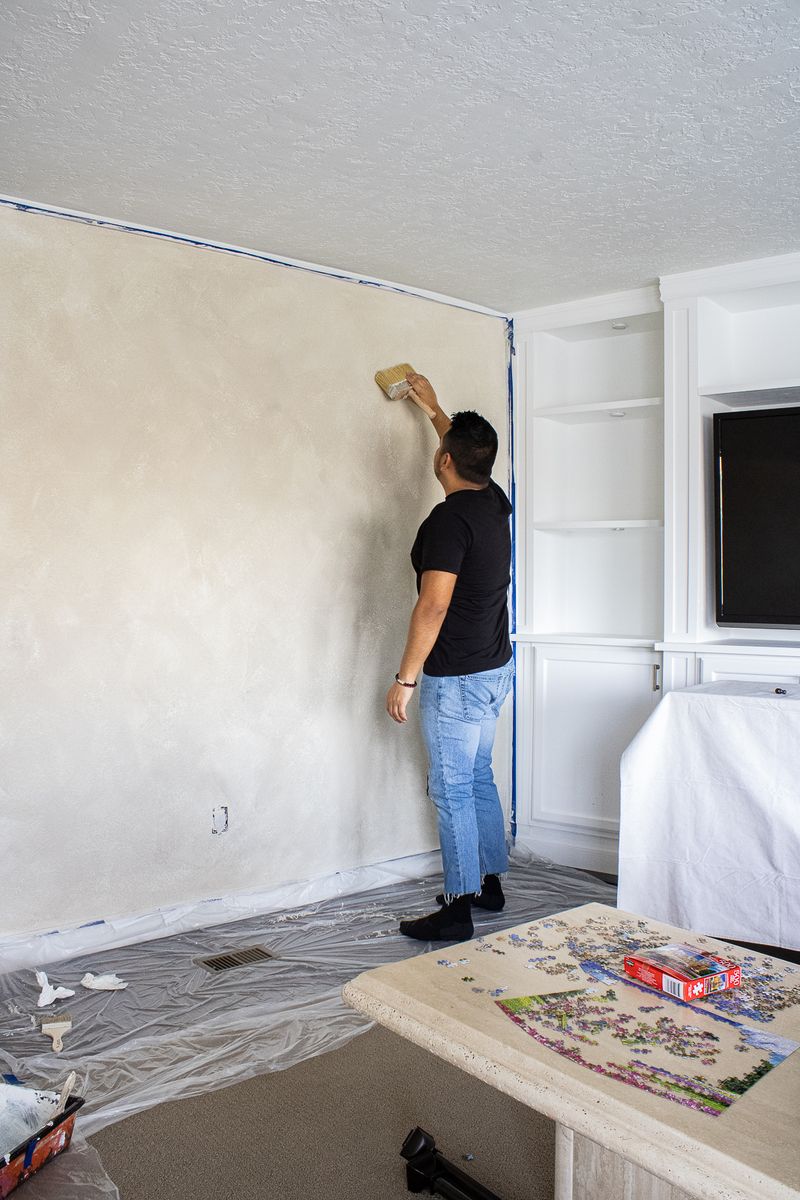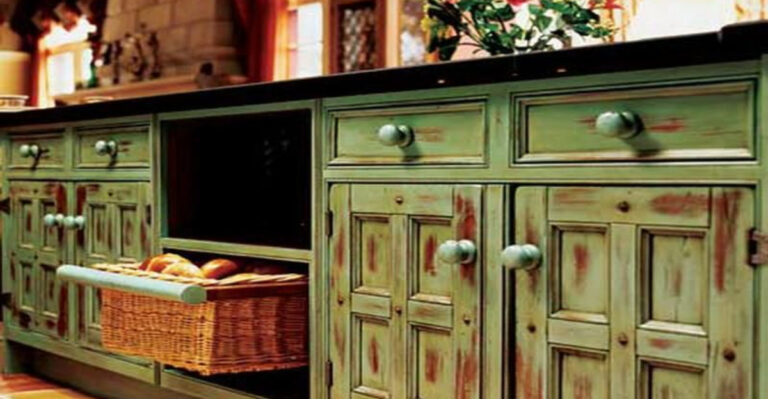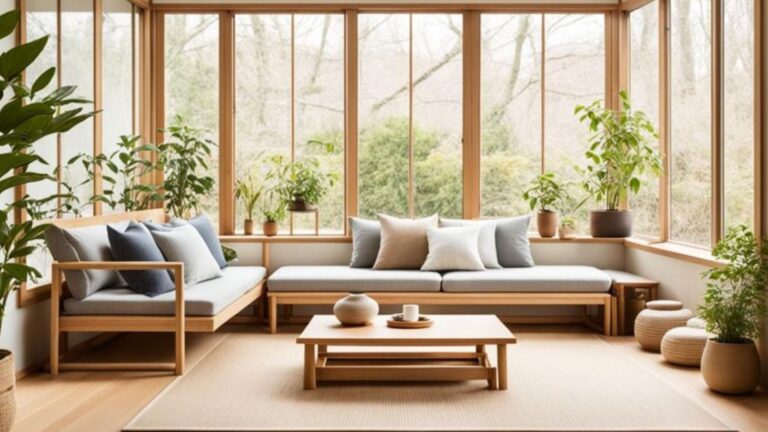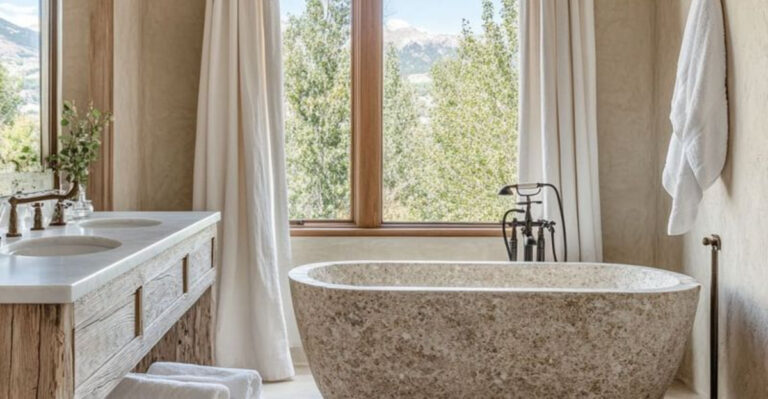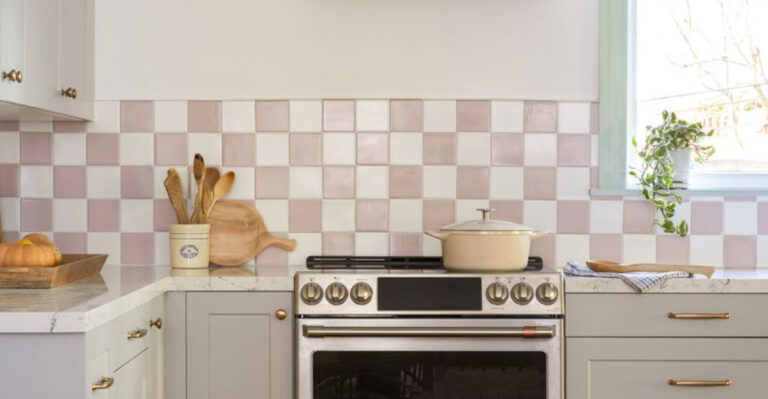17 Secrets To Building A New House That Looks A Century Old
Ever wandered through a historic neighborhood and wished your new build could capture that same timeless charm?
Building a house that appears to have weathered decades while offering modern comforts is a special art.
Many homeowners crave that lived-in character that only time usually creates, but with the right techniques, materials, and design choices, you can craft a brand-new home with an old soul.
1. Reclaimed Wood Flooring
Nothing says ‘lived-in’ quite like floors with a story to tell. Salvaged from old barns, factories, and historic buildings, reclaimed wood brings authentic wear patterns and coloration impossible to replicate artificially.
When installed properly, these character-rich planks create an immediate sense of history underfoot. The natural patina, nail holes, and saw marks showcase craftsmanship from bygone eras.
2. Architectural Salvage Elements
Hunting for treasures at salvage yards might become your new weekend hobby! Old doors with glass knobs, vintage hardware, antique mantels, and weathered corbels inject instant history into new construction.
The slight imperfections in these pieces tell stories of previous generations. Many architectural salvage shops offer cleaned and restored pieces ready for installation.
3. Exposed Ceiling Beams
Would you believe those perfect ceiling lines actually make your home look newer? Introducing hand-hewn or rough-sawn beams creates immediate architectural interest and age.
For maximum authenticity, look for reclaimed timbers with visible adze marks and weathering. If genuine antique beams exceed your budget, skilled craftspeople can distress new wood to mimic years of aging, creating a convincing alternative.
4. Period-Appropriate Windows
Modern builders often overlook the transformative power of historically accurate windows. True divided light windows with proper muntins and proportions instantly age a home’s appearance.
While authentic wooden windows remain the gold standard, quality manufacturers now offer energy-efficient options that maintain historical profiles. The slightly wavy appearance of restoration glass panes provides another layer of authenticity that keen eyes will appreciate.
5. Weathered Brick Accents
Fresh brick screams ‘just built’ while aged masonry whispers stories of the past. Incorporating reclaimed bricks or professionally weathered new bricks creates instant character.
Ask your mason to use irregular mortar joints with a messy, recessed technique called ‘slump pointing.’ Some specialists can even apply natural aging solutions to accelerate the weathering process, giving new bricks that coveted century-old patina in just months.
6. Vintage-Inspired Lighting
Illuminating your space with reproduction fixtures from the era you’re emulating makes a dramatic difference. Hand-blown glass shades, visible filament bulbs, and aged brass or copper finishes set the perfect nostalgic mood.
Many companies specialize in historically accurate lighting with modern wiring. For ultimate authenticity, scour antique stores for genuine period pieces that can be professionally rewired for safety while maintaining their original charm.
7. Hidden Modern Conveniences
Cleverly concealing contemporary necessities preserves the illusion of age. Disguise your refrigerator behind cabinetry panels, tuck dishwashers behind vintage-style fronts, and hide televisions in purpose-built cabinets.
Even thermostats and light switches can be found in period-appropriate designs or hidden within closets and cabinets. This thoughtful approach maintains historical authenticity while still enjoying modern comforts.
8. Time-Worn Hardware
Shiny new doorknobs and hinges instantly reveal a home’s true age. Sourcing authentic antique hardware or high-quality reproductions with proper patina makes a tremendous difference in creating period authenticity.
Look for solid brass pieces with an unlacquered finish that will continue to age beautifully. Many specialty companies now offer historically accurate reproductions of everything from door hinges to window latches, complete with appropriate aging techniques.
9. Imperfect Roof Lines
Perfect symmetry is a dead giveaway of new construction. Historic homes often display slightly asymmetrical roof lines and varying pitches that developed as additions were built over decades.
Intentionally incorporating these subtle irregularities into your design creates visual interest and perceived age. Working with an architect who understands historical vernacular architecture helps achieve this balanced imperfection that feels authentic rather than haphazard.
10. Vintage Bathroom Fixtures
Claw-foot tubs, pedestal sinks, and hex tile floors transport bathrooms back in time. These classic elements create an authentic period feel while still accommodating modern plumbing. Hunting for genuine antique fixtures often pays off with unique character pieces.
For those preferring new items, many manufacturers now create historically accurate reproductions with modern conveniences like improved water efficiency hidden within traditional-looking designs.
11. Deliberate Ceiling Height Variations
Historically, different rooms often had different ceiling heights based on their importance and function. Main entertaining spaces typically featured higher ceilings while service areas and bedrooms had lower ones.
Incorporating these intentional variations throughout your home creates authentic character. This approach also provides practical opportunities for hiding modern HVAC systems in dropped areas while showcasing architectural details in more prominent spaces.
12. Antique-Style Kitchen Design
Kitchens often reveal a home’s true age faster than any other room. Freestanding furniture-like cabinets, farmhouse sinks, and visible hinges create an unfitted look characteristic of pre-1950s homes.
Consider a vintage stove or reproduction model as a centerpiece. Using beadboard, simple bin pulls, and butcher block alongside carefully selected modern appliances creates a kitchen that feels evolved rather than installed all at once.
13. Mature Landscaping Strategy
Young saplings surrounding a home instantly signal new construction. Working with mature trees and established plantings creates immediate age perception from the curb. When possible, design your home around existing mature trees.
For new plantings, select fast-growing varieties and larger specimen plants. Use traditional elements like climbing roses, wisteria, or heritage shrubs that suggest they’ve been growing alongside the house for generations.
14. Authentic Exterior Materials
First impressions matter tremendously! Selecting historically accurate siding materials like cedar shingles, real wood clapboard, or genuine stucco immediately establishes age credibility. Avoid modern shortcuts like vinyl siding or faux stone at all costs.
Though initially more expensive, authentic materials age gracefully and develop genuine patina over time. The natural weathering of these traditional materials creates the subtle imperfections that make older homes so visually interesting.
15. Period-Specific Moldings
Crown moldings, baseboards, and door casings speak volumes about a home’s era. Researching and installing historically accurate millwork profiles appropriate to your home’s architectural style creates instant authenticity.
Wider baseboards and substantial crown moldings were common in older homes. Many specialty millwork companies offer catalogs of period-specific profiles from different architectural eras. Using these references ensures your trim details will ring true to knowledgeable observers.
16. Handcrafted Built-Ins
Custom cabinetry with period-appropriate details adds character impossible to achieve with standard options. Window seats, butler’s pantries, and bookshelves built with traditional joinery techniques provide both charm and function.
Small imperfections and slightly uneven elements in these built-ins suggests they were crafted by hand decades ago. Details like glass-front cabinets with wavy restoration glass, visible hinges, and simple latches further enhance the vintage aesthetic.
17. Distressed Paint Techniques
Perfect paint jobs look unmistakably new. Employing traditional painting methods and strategic distressing creates surfaces that appear to have gracefully aged through decades. Milk paint and limewash naturally develop beautiful patina over time.
For quicker results, professional painters can apply specialized techniques to simulate wear patterns on high-touch areas like door frames and window sills. These subtle details contribute significantly to the overall impression of age.

